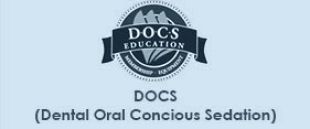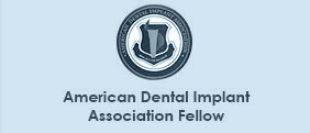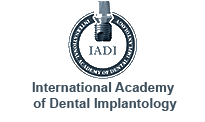






Achieving quality dentistry for life
Teeth Bleaching
Patient Bleaching Instructions for Bleaching Teeth at Home
At home bleaching has been effective for most patients. There may be some patients for whom tooth bleaching is either not effective or possibly not the most preferable treatment.
The amount of whitening that you obtain during tooth bleaching is dependent on three factors: 1) the length of time each day the tray is worn; 2) the number of days the tray is worn; 3) the susceptibility of your teeth and/or internal colors to the bleaching agent.
Materials used:
- A custom tray, which was made from a model of your teeth to contain the bleaching gel.
- The bleaching gel, which contains 20 percent or 30 percent carbamide peroxide. This material has been used for years as an oral antiseptic.
- Tray case for storage of tray when not in use.
Recommended treatment regimens (to be determined with Doctor Lyford):
- Wear daily (time of day determined by patient)
- For 20 percent bleach, wear two times a day for 45 minutes each
- For 30 percent bleach, wear twice a day for 30 minutes each
NOTE: If your teeth become overly sensitive, your dentist may recommend a different treatment regime and/or to use an intermittent topical fluoride treatment. This is not necessary for most patients.
Procedure:
- Brush and floss teeth. Rinse mouth well.
- Load the tray with bleaching gel. Twist cap from preloaded syringe and express contents evenly to deepest portions of the tray (in both the tongue and cheek side of back teeth).
- Seat the tray completely and firmly onto the teeth.
- Gently press the custom tray against the teeth on the lip and tongue side with a clean finger. Pressing too firmly will express too much gel out of the tray.
- Gently wipe off excess gel with a clean finger.
- Remove tray prior to eating. Tray should be rinsed clean and placed in tray case. Following eating, clean teeth and reapply freshly loaded tray as in step 1 through five above.
If tray needs to be removed for any reason, clean and rinse teeth and gums and reapply fresh bleaching gel when reinserted. Do not disturb tray when wearing by lifting with tongue or finger. Take care not to bite with pressure on tray.
Possible side effects:
Many times patients will experience increased sensitivity to cold during treatment. Some patients have reported temporary discomfort during bleaching, such as gum and/or tooth sensitivity, tongue and/or lip soreness, throat irritation, or moderate, continuous teeth pain. If any of these symptoms occur and are more than mild or persist or if you have any questions or concerns call the office. These side effects most often resolve in 1-3 days after interruption or completion of treatment. Many times a special fluoride gel can be worn in your custom tray, which can help relieve discomfort.
Precautions:
- Keep bleach out of heat and direct sunlight at all times.
- Bleach needs to be kept refrigerated.
- Never use any household or commercial bleaching agents in your mouth; only use teeth whitening agents dispensed by your dentist.











